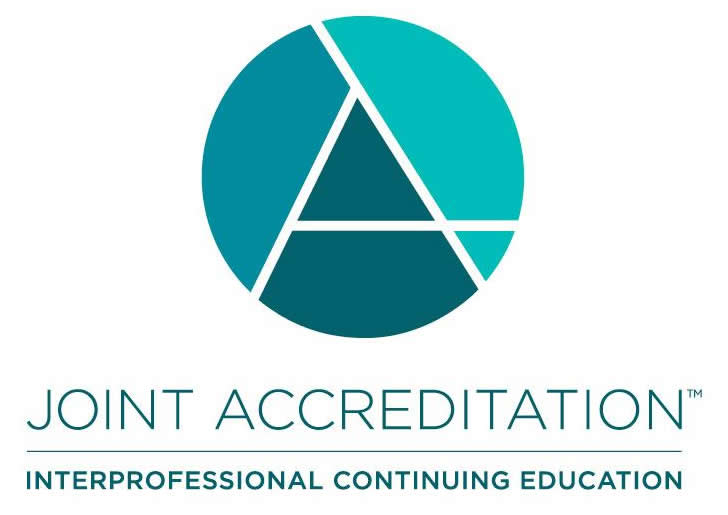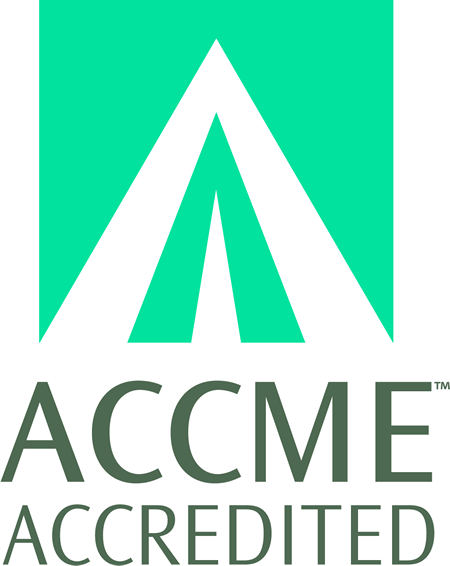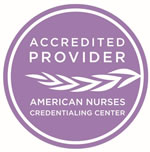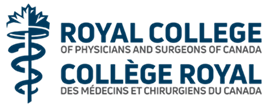
COURSE CREDITS & HOURS
14 AMA PRA Category 1 Credits™14 ACPE Credits
14.0 Contact Hours
2 Hours of Pharmacology for NPs
COURSE FEES
TARGET AUDIENCE
PROGRAM PURPOSE
The goal of these presentations is to review several new guidelines in reference to common primary care topics (for example hypertension, low back pain, dyspepsia, etc.). Review of these guidelines along with clinical application may lead to evidence - based, and more cost- effective evaluation and management.
Sports Medicine:
The purpose of these lectures is to further the understanding of the course attendant about sports medicine topics. We will cover musculoskeletal issues so as to improve the comfort zone in dealing with these very common issues in athletes as well as weekend warriors.
We will review hot topics such as recognition and evaluation and management of concussions and also what to look for to make the sports physical a meaningful interaction. Overall medical professionals that attend these sessions will leave feeling comfortable recognizing and managing issues in young athletes and active adults. Along with the common conditions, we will also review some more complex "zebras" in the field of sports medicine as well.
Topics:
- Hypertension
- Apply new HTN guidelines
- Describe rationale for those guidelines
- Managing Mildly Abnormal Liver Functions
- Apply established guidelines in the evaluation of abnormal LFTs
- Describe the rationale behind the guidelines
- Common Skin Rashes and Skin lesions
- Identify and recognize common rashes and lesions in the primary care setting
- Introduction to CAM/Integrative Medicine including Herbals and Supplements
- Cite the frequency of use of various modalities among patients and health care professionals
- Give examples of the more common CAM therapies
- Examine the evidence base for and/or against common CAM therapies
- Evaluating Dyspepsia
- Apply established guidelines in the evaluation of Dyspepsia
- Describe the rationale behind the guidelines
- Low Back Pain
- Apply ACP/APS guidelines to the evaluation and treatment of low back pain
- Apply the concept of "red flags" to the evaluation of LBP
- Treating Obesity
- Identify health consequences of obesity
- Review pathophysiology of obesity
- Distinguish advantages/disadvantages of diet and exercise types
- Discover new modalities for treatment of obesity
- Exercised induced asthma and vocal cord dysfunction in the approach to athletes with shortness of breath or chronic fatigue.
- Describe in the differential diagnosis of shortness of breath in athletes vs. chronic fatigue.
- The pre-participation sports physical: Making it a worthwhile exercise for parents, athletes and medical personnel.
- Explain the appropriate work-up of infections mono and safe return to play.
- Hand, finger, wrist injuries in athletes, (includes splinting vs. surgical approach)
- Describe the differences in jammed finger injuries from volar plate injury (ligament tear), mallet finger, Jersey finger and fracture.
- Initial evaluation and management of sports concussions.
- Ensure that the participant is aware of the factors that predispose athletes to prolonged recovery from sports concussion.
- A systematic approach to assessment of sports shoulder injuries and knee injuries.
- Ensure that participants will be able to differentiate and manage dislocated shoulder vs. separated shoulder.
- Spine injuries in athletes: differentiating the workup and management in young athletes and adults.
- Upon completion of this session a participant should be able to determine the appropriate use of x-rays, MRI, bone scan and CTs.
- Stress fractures in athletes: Identifying low risk vs. high risk fractures, ankle sprains, mimics and stress fractures.
- Describe the hallmark presentation of Jones fracture, tarsal navicular and proximal/anterior tibial stress fractures and femoral neck and be aware of the implications of missing them.

















































